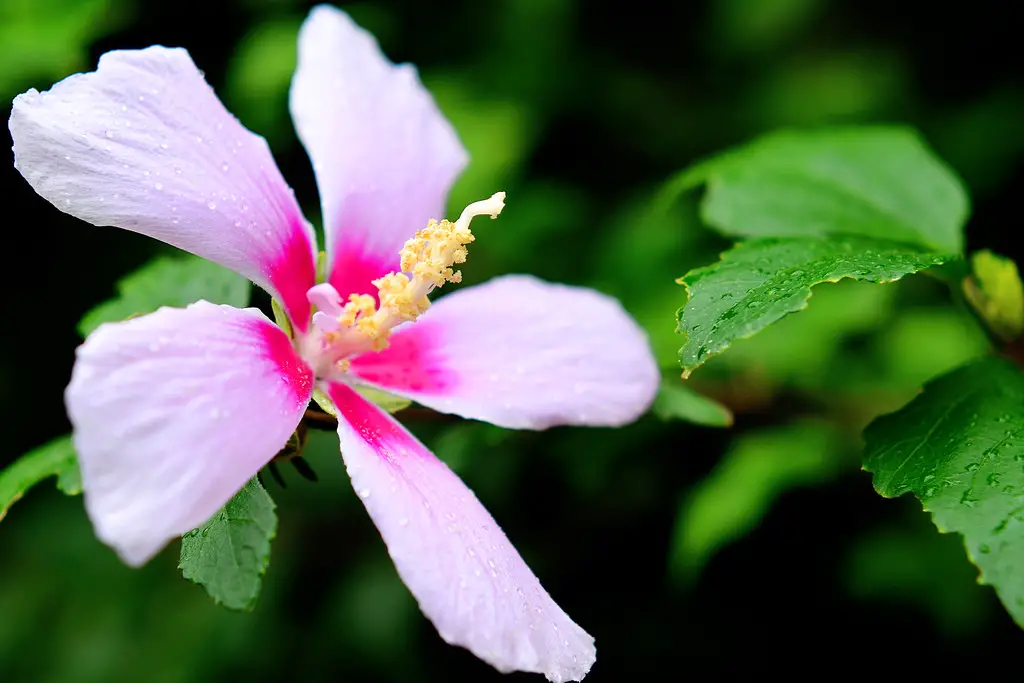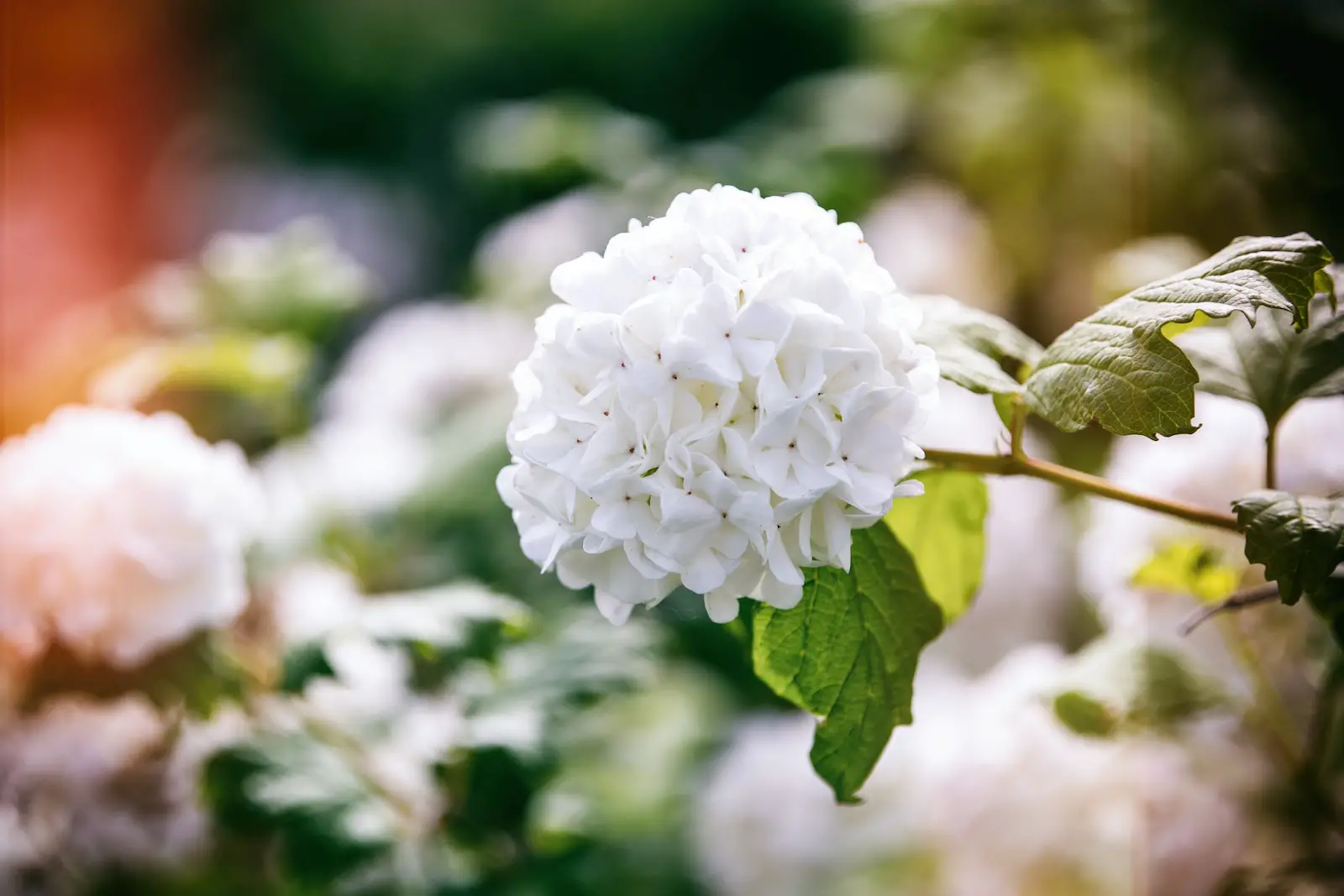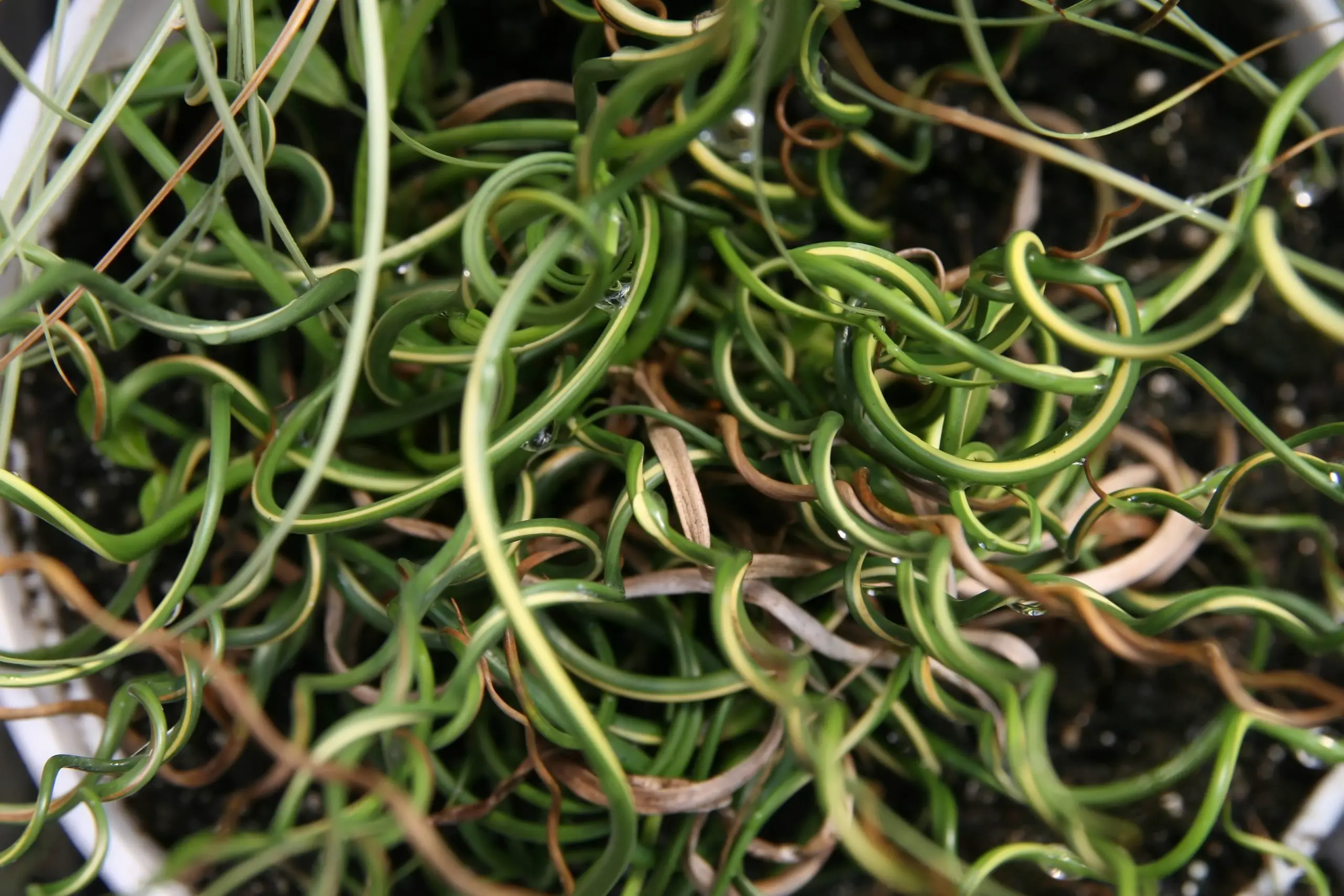Texas Sage, also known as Leucophyllum frutescens, is a popular ornamental shrub in the southwestern United States and Mexico. Revered for its drought resistance and attractive silvery foliage, it’s a striking addition to any desert landscape. The shrub’s gorgeous purple, pink, or white flowers bloom after rains, bringing life and color to arid environments.
This hardy plant is well-suited to xeriscaping, a landscaping technique that minimizes water use. With a natural ability to thrive in dry conditions, Texas Sage is an excellent choice for areas that experience frequent drought. Besides its physical appeal, it’s also a preferred plant for attracting butterflies, bees, and other pollinators.
Texas Sage has deep cultural roots as well. It’s sometimes called “barometer bush” because its blooming is often a sign of upcoming rain. In traditional medicine, it has been used by indigenous peoples for its therapeutic properties. These attributes, combined with its ease of care, make it a cherished choice for gardens in dry climates.
| Aspect | Details |
|---|---|
| Common Names | Texas Sage, Barometer Bush, Cenizo, Purple Sage |
| Botanical Name | Leucophyllum frutescens |
| Family | Scrophulariaceae |
| Plant Type | Evergreen Shrub |
| Mature Size | 5-8 feet tall and wide |
| Sun Exposure | Full Sun |
| Soil Type | Well-draining, Sandy or Gravelly Soil |
| Hardiness Zones | 7-11 |
| Native Area | Southwestern United States, Northern Mexico |
Texas Sage Care
Texas Sage is a low-maintenance plant, making it perfect for those who are looking for an attractive yet easy-to-care-for shrub. Its main requirements include full sun and well-draining soil. Being a native of arid areas, it’s accustomed to drought and has minimal water needs.
Although it can tolerate poor soil, it thrives best in alkaline conditions. Avoid over-watering or planting in locations where the soil may remain damp, as this can lead to root rot. Once established, the Texas Sage can practically care for itself, requiring little to no attention.
Light Requirement for Texas Sage
Texas Sage thrives in full sun, needing at least 6-8 hours of direct sunlight daily. Planting it in a spot that gets adequate sunlight ensures healthy growth and abundant blooming.
Soil Requirements for Texas Sage
Well-draining, sandy or gravelly soil is ideal for Texas Sage. The soil should be alkaline with a pH level between 7.5 and 8.5. Avoid clay or dense soils that may hold water, as this plant prefers dry conditions.
Water Requirements for Texas Sage
Minimal watering is required for Texas Sage. Watering once or twice a month during dry periods is typically sufficient. Overwatering can lead to root rot, so it’s crucial to let the soil dry out between waterings.
Temperature and Humidity
This shrub is well-suited for hot, dry climates. It can tolerate temperatures well above 100°F and is frost-hardy down to 10°F. Humidity doesn’t significantly affect Texas Sage, but it’s best grown in arid conditions.
Fertilizer
Texas Sage doesn’t require regular fertilization. If desired, a slow-release, balanced fertilizer can be applied in early spring to support growth.
Pruning Texas Sage
Pruning helps maintain the shape and size of Texas Sage. Light pruning can be done at any time, but heavy pruning is best done in late winter or early spring to avoid cutting off flower buds.
Propagating Texas Sage
Texas Sage can be propagated through stem cuttings or by dividing mature plants. Cuttings should be taken in spring and rooted in well-draining soil.
How To Grow Texas Sage From Seed
Growing Texas Sage from seed is possible but can be more challenging. Sow seeds in well-draining soil and provide ample sunlight. Seeds should be lightly covered with soil and kept moist until germination.
Common Pests & Plant Diseases
Root Rot
Caused by overwatering and poor drainage. Ensure proper soil conditions and avoid overwatering.
Powdery Mildew
May occur in humid or shady conditions. Plant in full sun and avoid overcrowding.
Common Problems With Texas Sage
Yellow Leaves
Often a sign of overwatering. Reduce watering and ensure proper soil drainage.
Lack of Blooms
Can be caused by over-pruning or inadequate sunlight. Prune properly and plant in full sun.
Pro Tips
- Plant Texas Sage with other drought-tolerant plants for an appealing desert landscape.
- Allow natural shape to form rather than heavily shaping through pruning.
- Use Texas Sage as a windbreak or privacy screen.
- Mix with vibrant flowering plants for a colorful xeriscape garden.
- Monitor watering carefully; less is often more with this desert-loving plant.


